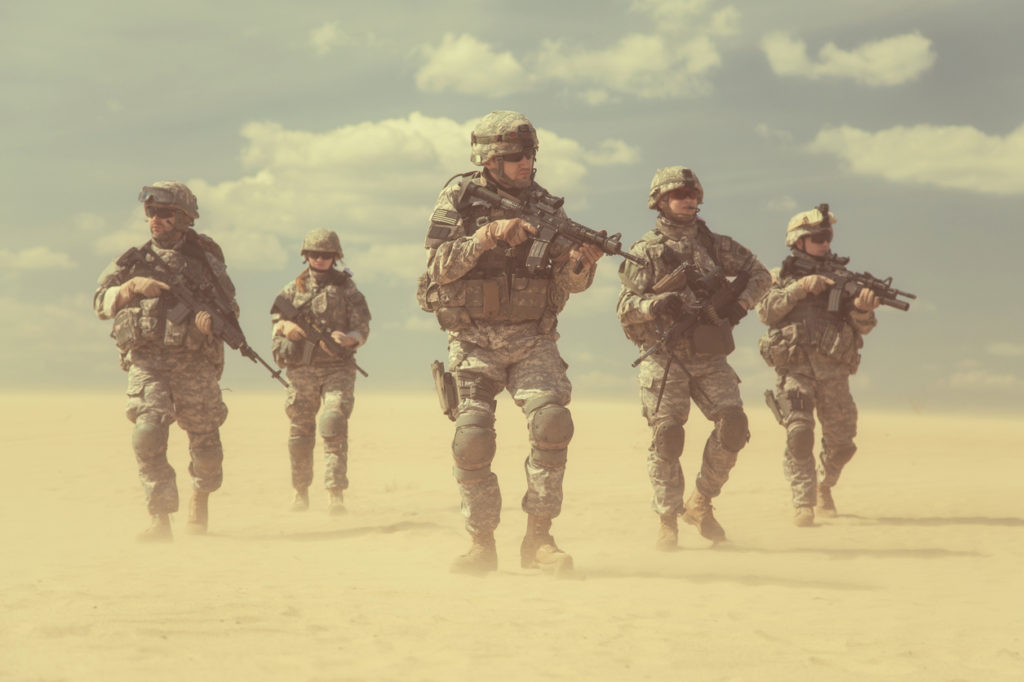Special Leadership
Chris Fussell, from McChrystal Group, recently published an insightful article drawing on the experience of ‘building a network to fight a network’. Gen (retired) Stan McChrystal refined this model to a razor’s edge – it was an approach that proved to be revolutionary and highly effective in taking the fight to Al Qaeda.
The article, ‘Why Special Ops Stopped Relying So Much on Top-Down Leadership‘, gives a view of an evolved form of special operations leadership that sees the leader in the middle of a network, rather than at the top.
So far, so normal, right? SOF does things differently to everyone else – they play by different rules, they are non-conformist etc.
In some ways this is true, but is false in some very important ways also.
Leadership Development
The reality is that SOF do follow the rules, in fact they follow them very well. They are able to follow the rules very well because they have the personnel, training and other resource to do so.
Victory against overwhelming odds in impossible situations? SOF are expected to do that, not because of some special magic-dust but because the soldiers shoot straight (lots of practice), are clever and robust (mental and physical selection) and can coordinate fires (familiarity along with more practice).
In the same vein there is a case to be made about leadership in SOF also.
My contention is that, in the main, what SOF does is follow the leadership rules very well indeed. Reading the article, the leadership model on display looks very similar to the doctrinal model of mission command, which has the following characteristics:
Couched within a deep and researched understanding of context and the commander’s intentions, mission command promotes decentralisation, freedom and speed of action, and initiative. The key elements are:
- Orders are given in a manner that ensures subordinates understand intentions, their own missions and the context of those missions
- Subordinates are told what effect they are to achieve and the reason why it needs to be achieved.
- Subordinates are allocated the appropriate resources to carry out their missions.
- A commander uses a minimum of control measures so as not to limit unnecessarily the freedom of action of his subordinates, and
- Subordinates then decide within their delegated freedom of action how best to achieve their missions.
So maybe General Stan and the team less invented a new form of leadership, rather more allowed a known form of leadership to flourish, with spectacular results?
Let’s get the debate started.
“To succeed in this environment, today’s leaders must focus on using persuasion rather than direction to lead their own networks toward a common goal.”
‘Why Special Ops Stopped Relying So Much on Top-Down Leadership’
Need advice?
If you’d like further information, or to discuss working with us, please get in touch






